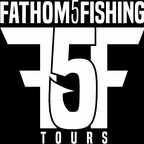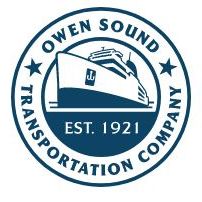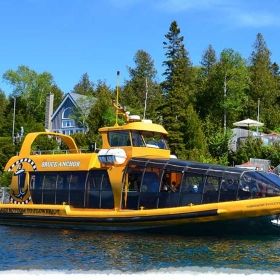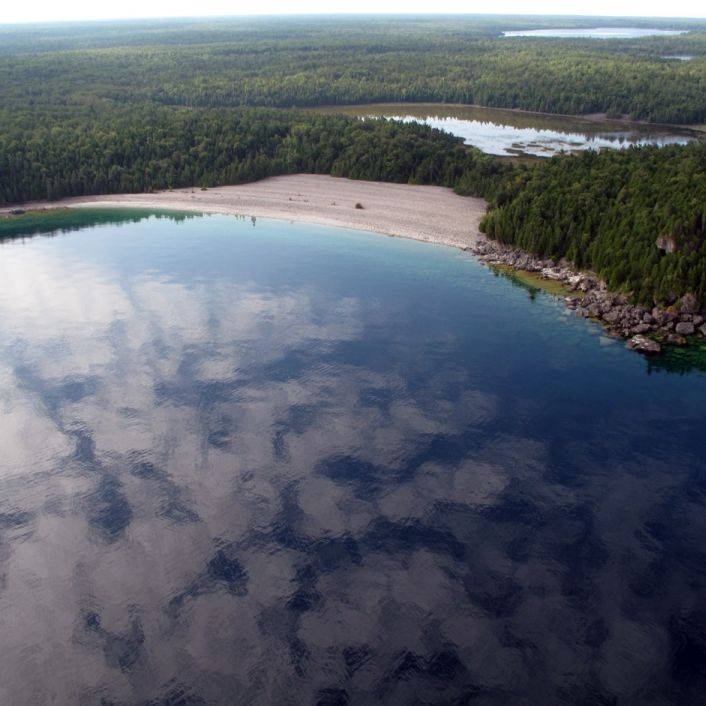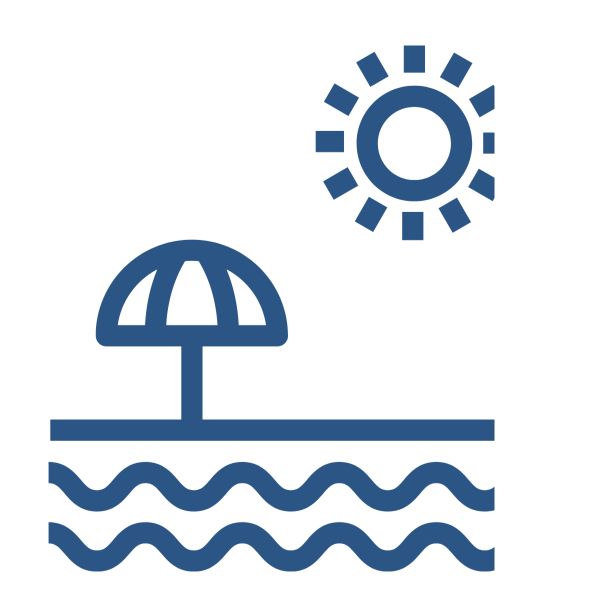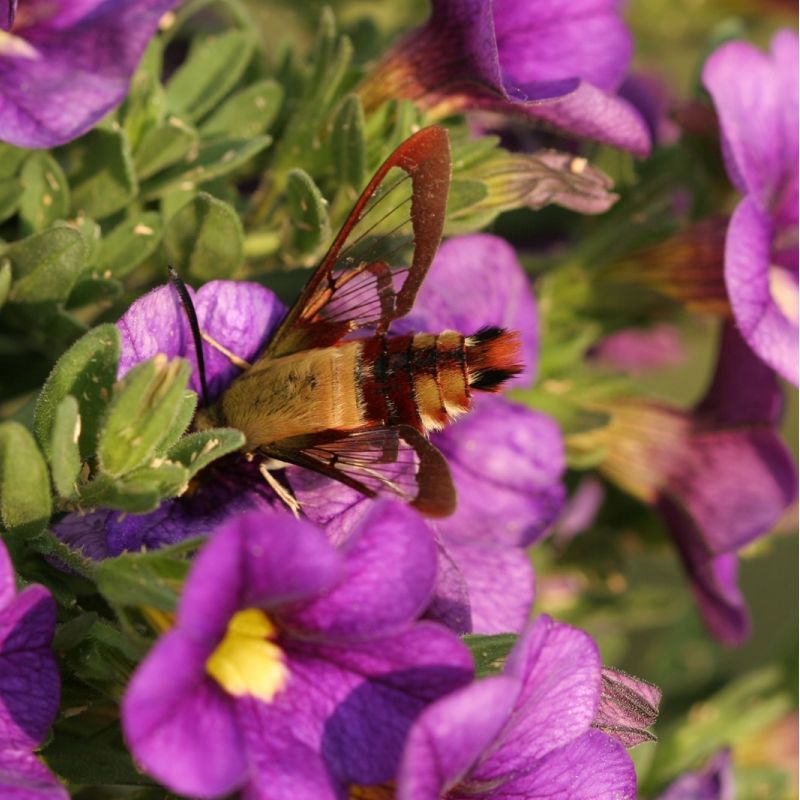Peninsula Bruce Trail
Hiking on the Bruce Peninsula
The Bruce Trail starts it's journey in Tobermory, and travels 773 km following the Niagara Escarpment. It is in the North Bruce Peninsula that the most spectacular hiking on the Bruce Trail occurs. The 150 km's of trails in the Bruce Peninsula are considered the best in Southern Ontario, and offer hiking for the beginner and veteran hiker.
Consider supporting the PBTC (Peninsula Bruce Trail Club) for all the work they do to keep the trails in order.
Purchase a map of the Bruce Trail Here
KNOWbefore you go
You are responsible for your own safety. Appropriate footwear, clothing, and gear are required. Long pants and closed-toed boots are your best protection.
The Bruce Trail is a public footpath running from Niagara to Tobermory. It is entirely built and maintained by volunteers for the purpose of protecting the Niagara Escarpment, the most significant landform in southern Ontario. While exploring the Bruce Trail please abide by the Bruce Trail Users' Code.
BE PREPARED
- WEAR PROPER FOOTWEAR - Most of the trails in the area are rugged. Hiking shoes are necessary.
- BRING GARBAGE BAGS WITH YOU - Do not expect there to be garbage cans & bins when you go for a hike. Do NOT leave your garbage in the bush. Be responsible and take your garbage with you. DO NOT leave your diapers in the bush. Take everything out with you.
- BE PREPARED WITH CHILDREN Some of the hikes are longer than they appear. Children tire easily, and you may find yourself with a tired cranky child halfway to your destination. The trails are not conducive to any wheeled vehicles like baby buggies.
Be prepared for a hike on the Bruce Trail (or any trail) with these essentials:
- Water: 1 litre per person, 3 litres in summer
- Food: Lunch and/or high-energy snacks
- Map: from your Bruce Trail Reference Guide, Downloadable Maps, and/or Bruce Trail App*
- Sun Protection: sunglasses, hat, sunscreen
- Insulation: extra layers for warmth and for rain/wind protection
- First-aid kit: Including any medication you take regularly; We also suggest moleskin & a pair of scissors for blister treatment
- Insect repellant
- Whistle
- Small flashlight (in case you are on the Trail longer than anticipated)
- Swiss Army knife
- Extra socks for longer hikes. Dry socks are key to avoiding blisters
- Footwear
Hiking boots are the best footwear to keep you safe, dry and happy along the Bruce Trail. If you don't have a pair, a solid pair of runners will suffice in most areas.
Electronic Devices
Electronic devices are handy but susceptible to power failure and poor reception.
Familiarize yourself with a map of the area before you leave for your hike, and carry a paper 'backup' if you have one.
Although cell phone coverage is not reliable along the entire length of the Bruce Trail, it is still recommended that you bring your cell phone, especially for the ability to make 911 emergency calls. Make sure it has a full charge.

Frequently Asked Questions
While exploring the Bruce Trail please abide by the Bruce Trail Users' Code:
- Hike only along marked routes. Do not take shortcuts. Learn how to read our trail markings, Bruce Trail Blazes >
- Obey all signage.
- Use the stiles. Do not climb fences.
- Respect the privacy of people living along the Trail.
- Leave the trail cleaner than you found it. Carry out all litter.
- Use a portable stove. No open fires are allowed on the Trail.
- Camp only at designated campsites. (Read more about Camping along the Bruce Trail)
- Leave flowers and plants for others to enjoy.
- Do not damage live trees or remove the bark.
- Where dogs are permitted, keep dogs on a leash and under control at all times.
- Do not disturb wildlife and farm animals.
- Leave only your thanks and take nothing but photographs.
Permitted Uses of the Bruce Trail
The Bruce Trail is a publically accessible footpath running from Niagara to Tobermory, created and maintained for pedestrian use. It is entirely built and maintained by volunteers for the purpose of protecting the Niagara Escarpment, the most significant landform in southern Ontario. Roughly one-third of the Trail runs through private land, thanks to generous agreements with landowners who have provided permission for this footpath on their property.
Permitted Uses:
- non-motorized, pedestrian activities including hiking, snowshoeing, and cross-country skiing
- dogs, when leashed (except in those areas where dogs are not permitted and signed as such. This is upon the request of the landowner who may have concerns about their livestock or about their own dogs.)
- camping (in designated areas only)
Not Permitted Uses:
- bicycles
- motorized vehicles
- horses
The above are not allowed except along road sections of the Trail and in those few areas where explicit permission is posted.
This applies to both the main Bruce Trail (marked with white blazes) and Bruce Trail Side Trails (blue blazes).
Why are bicycles, motorized vehicles and horses not permitted?
The Bruce Trail Conservancy respectfully requests that everyone refrain from using bicycles, motorized vehicles, or horses on the Bruce Trail. Please enjoy the Trail by walking, snowshoeing, cross-country skiing, or walking your leashed dog.
The Bruce Trail Conservancy is committed to:
1) Respecting landowner wishes
Much of the Bruce Trail is on private land with the permission of the landowner. This permission is for pedestrian use only. Any other use could cause the landowner to require removal of the Trail from his or her land.
2) Safety
The Trail has many bends, twists and steep hills. Sharing it with bicycles, vehicles or horses can be dangerous. Our priority is the safety of hikers so that they don't have to worry about what is coming around the next bend.
3) Ecological protection
Vehicles and horses can damage the Trail which has been created and maintained for pedestrian use. These uses can also have negative ecological effects on the soil, plants and animals along the Trail.
Our goal is to create and maintain a Trail that produces the least possible ecological footprint, but still offers an amazing experience to Trail users.

